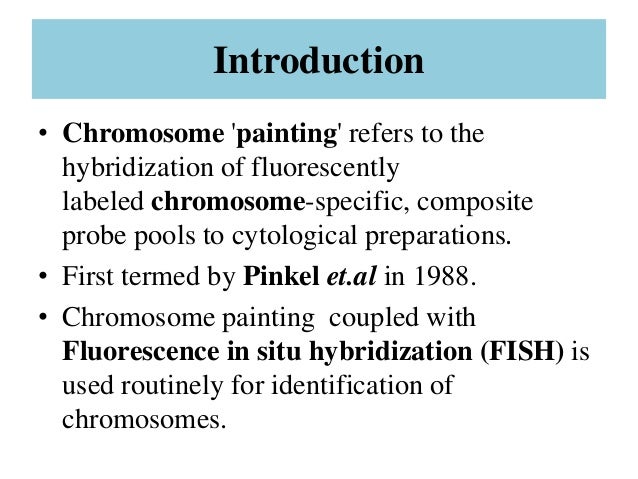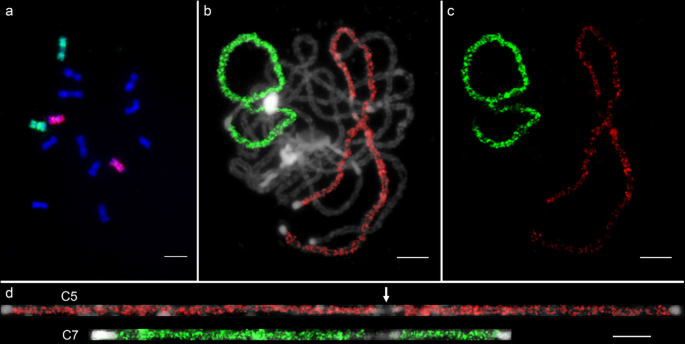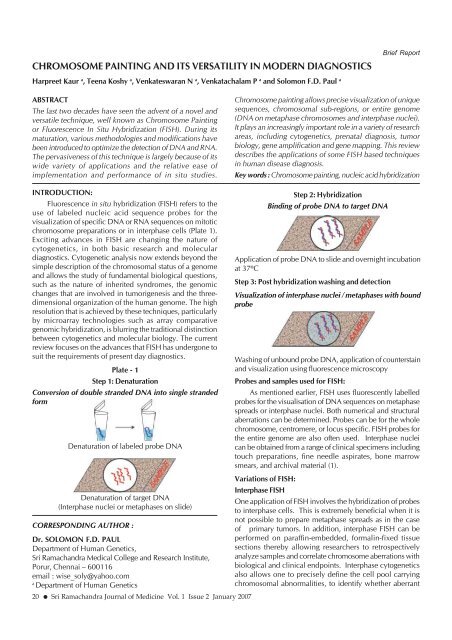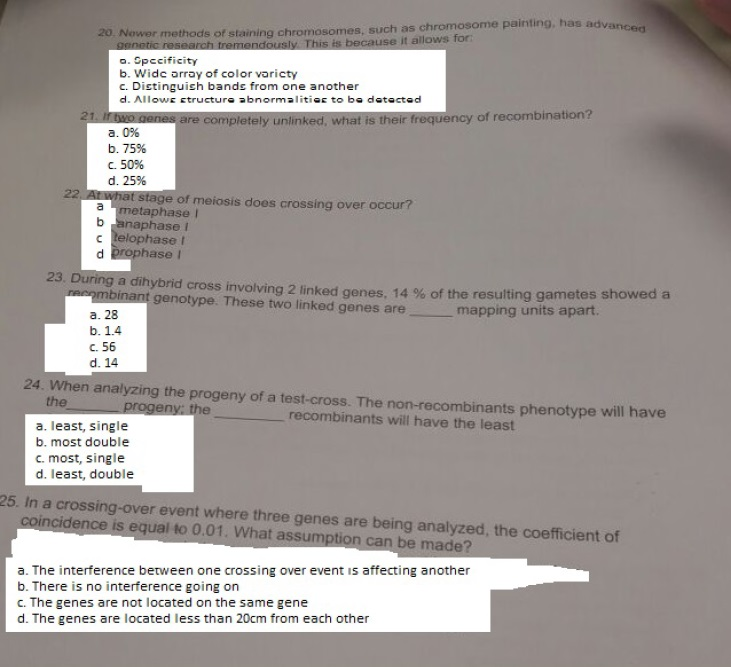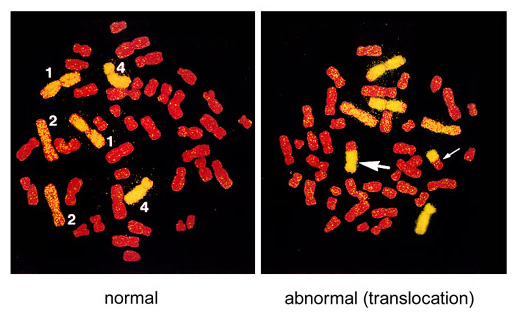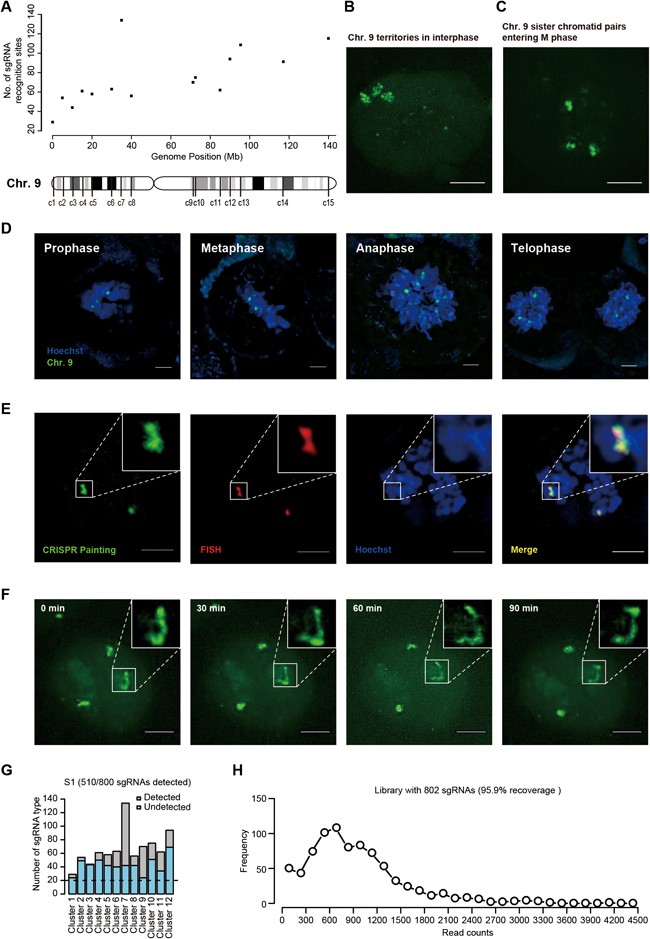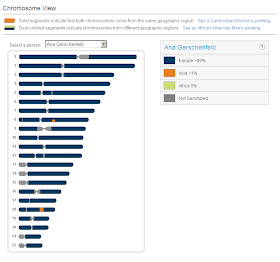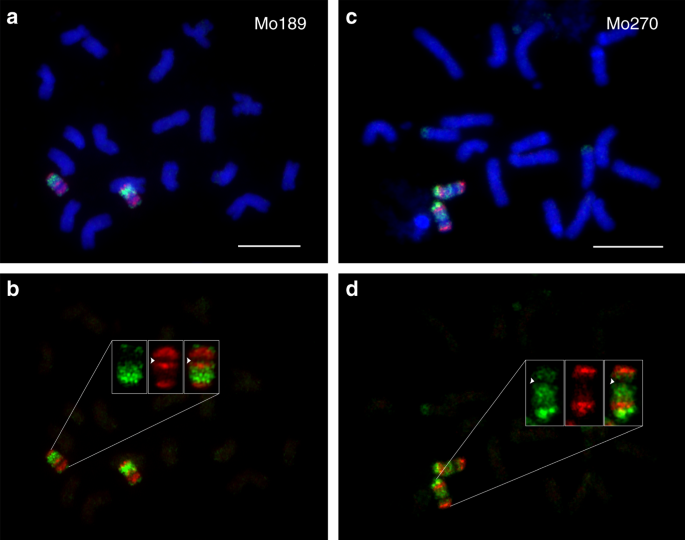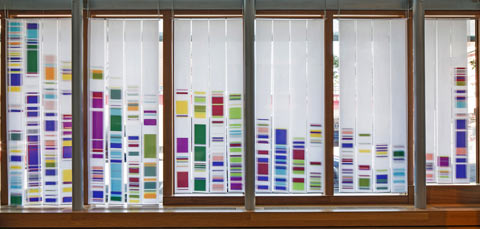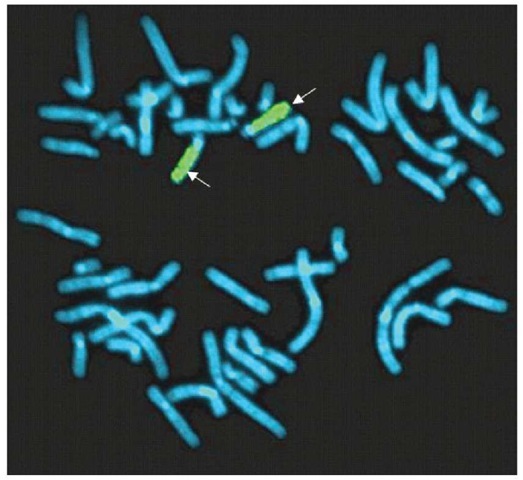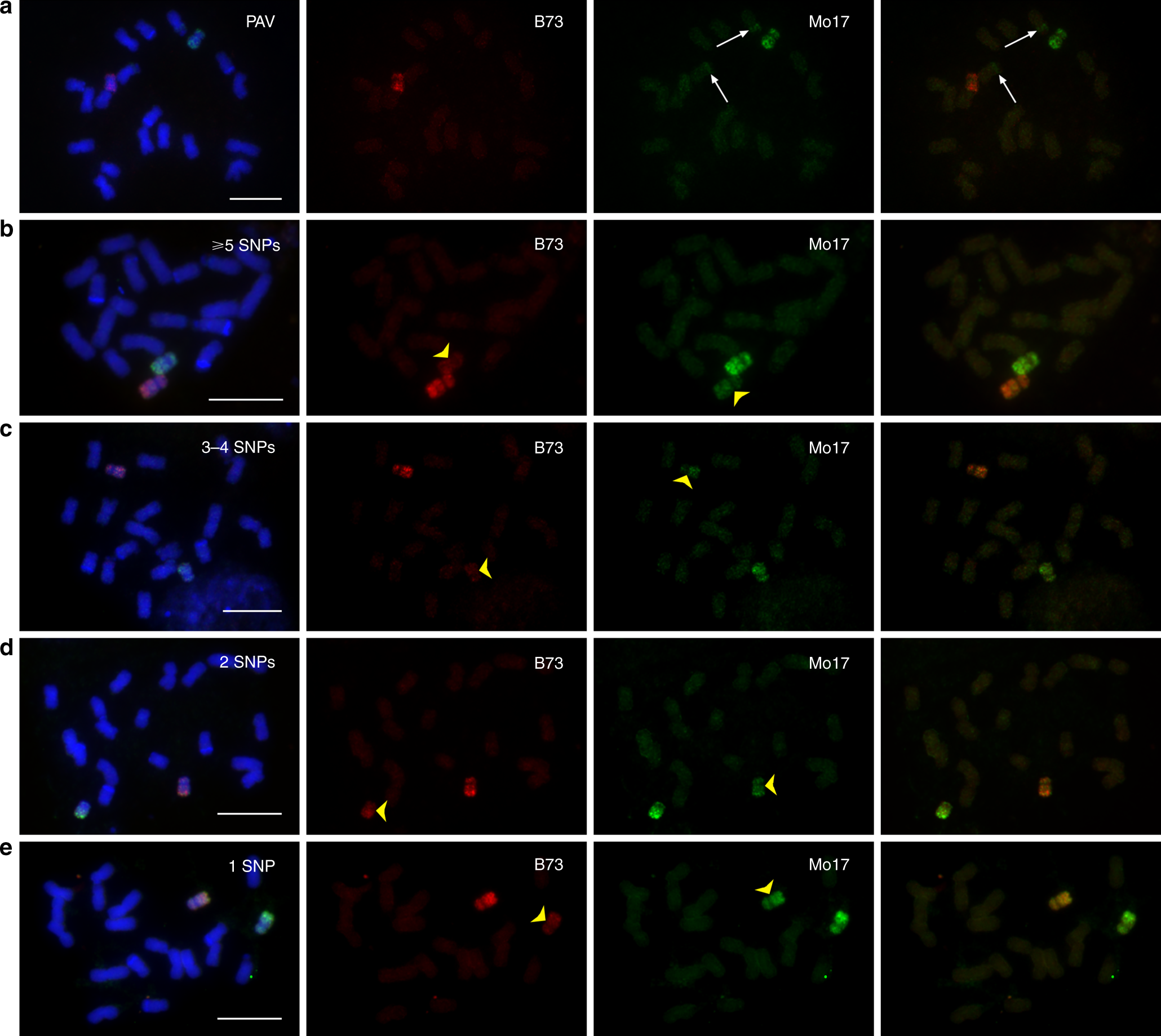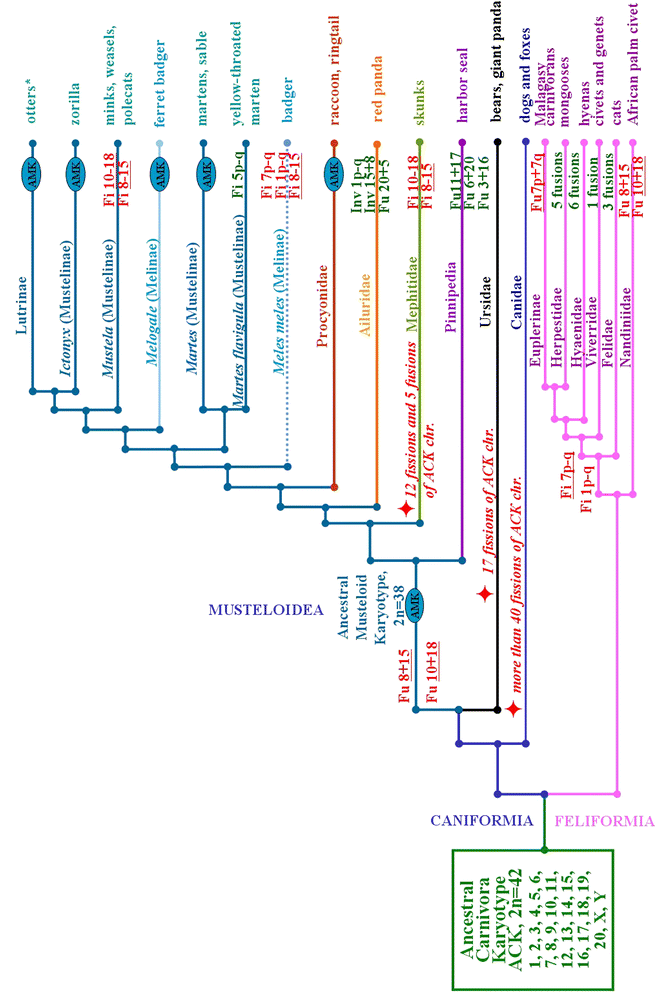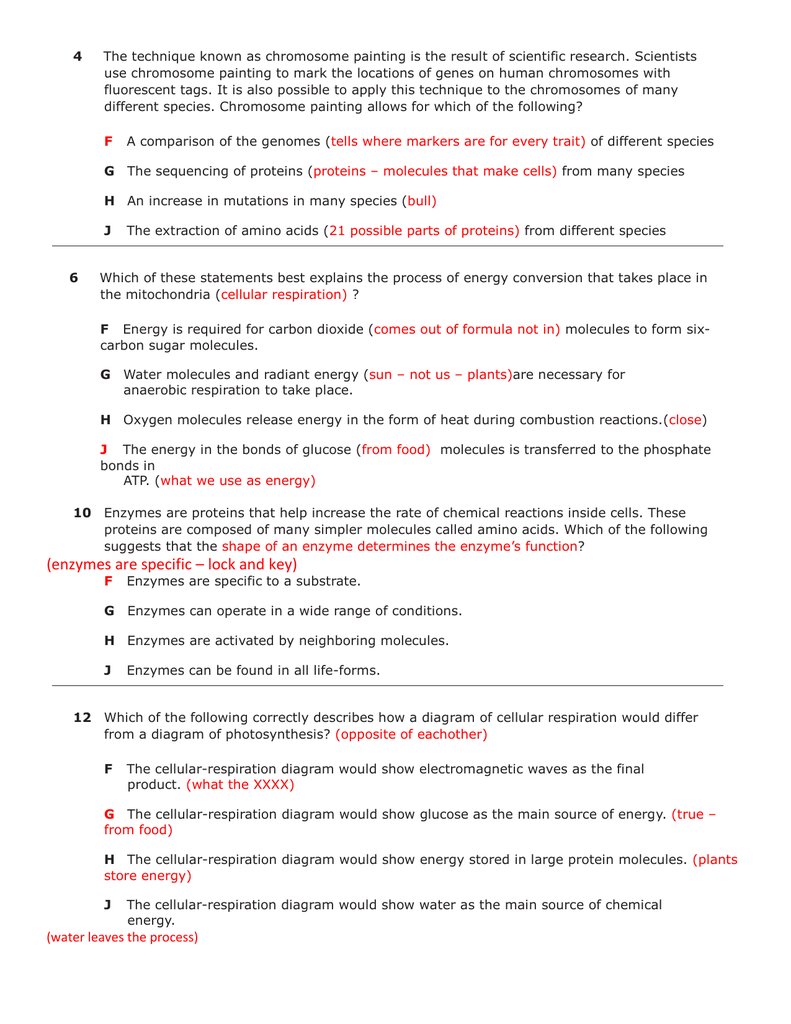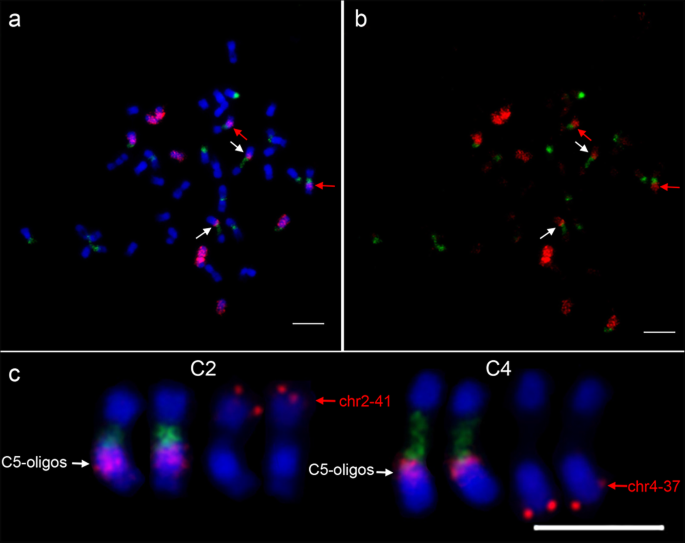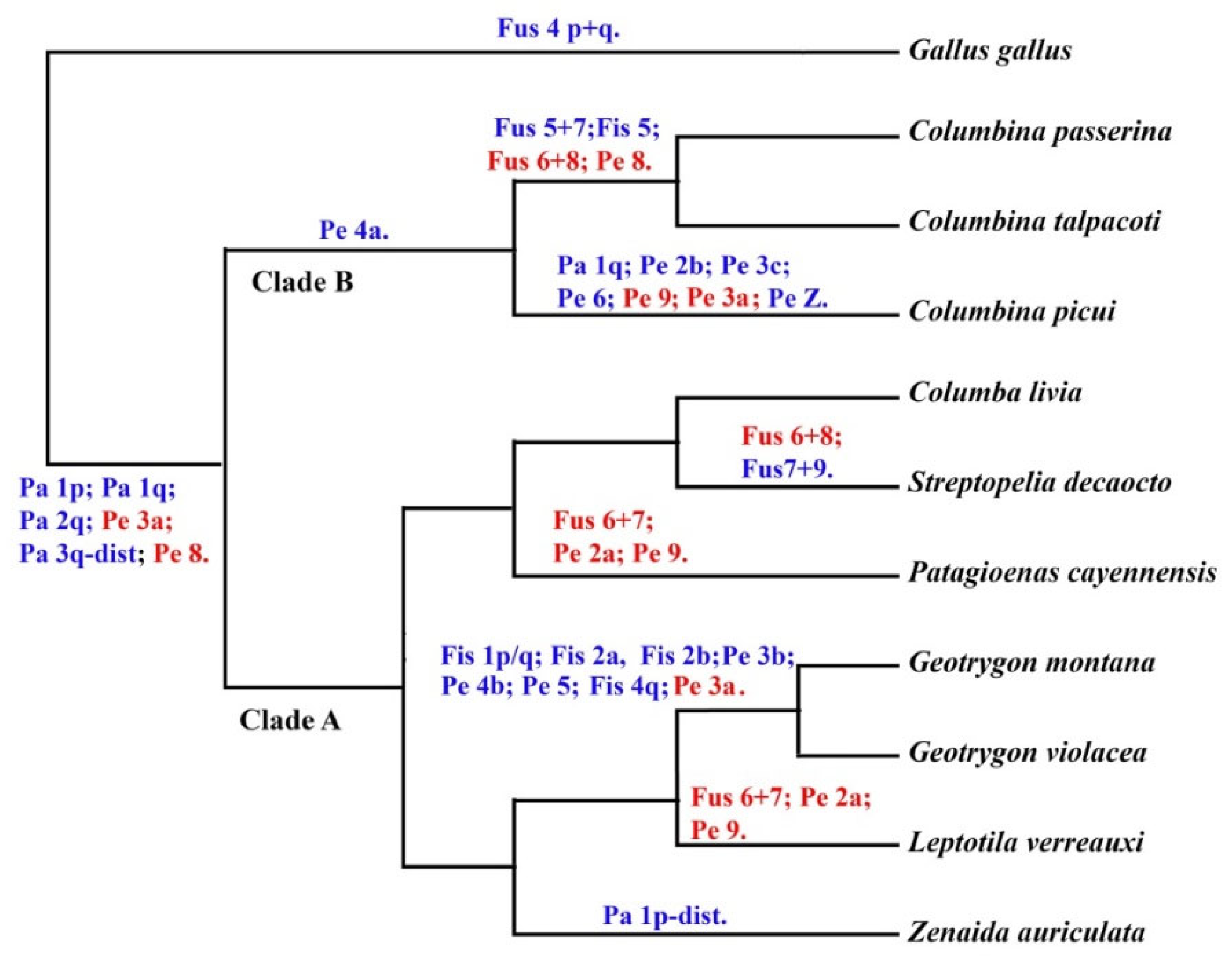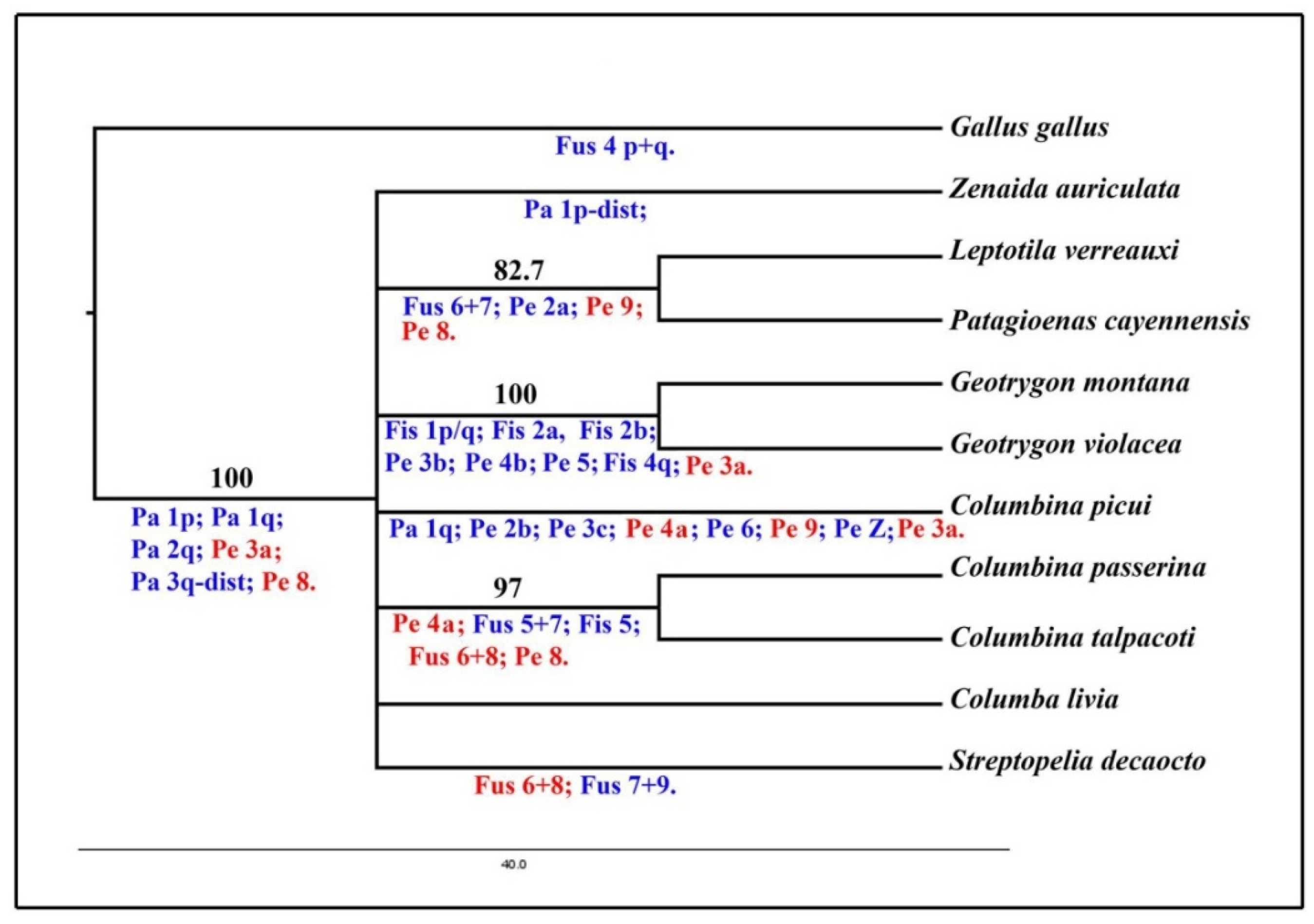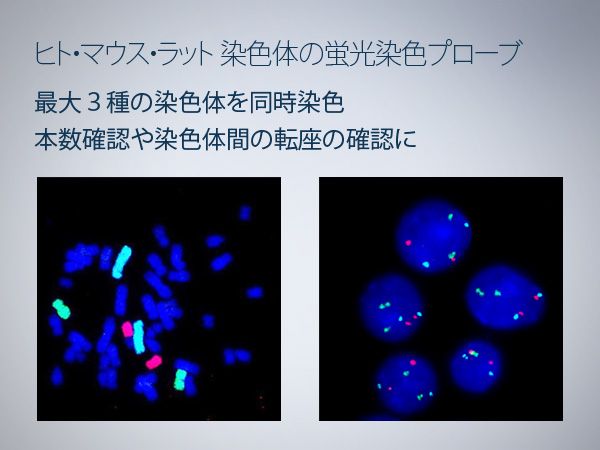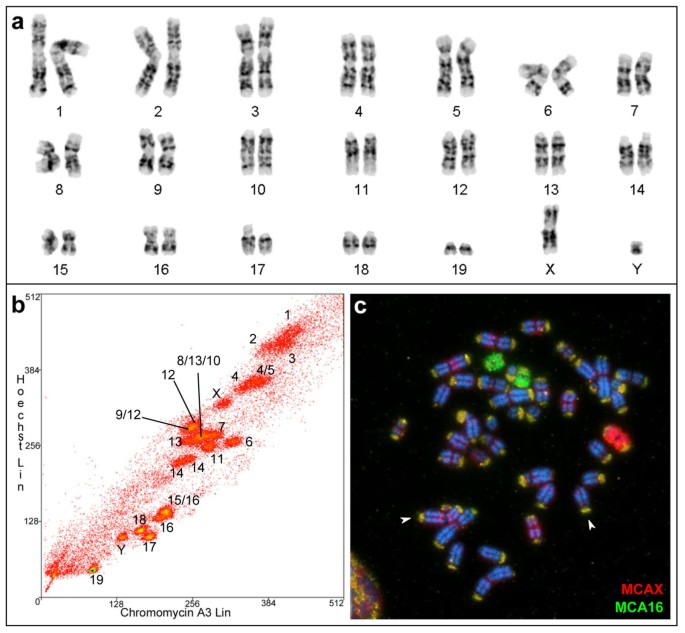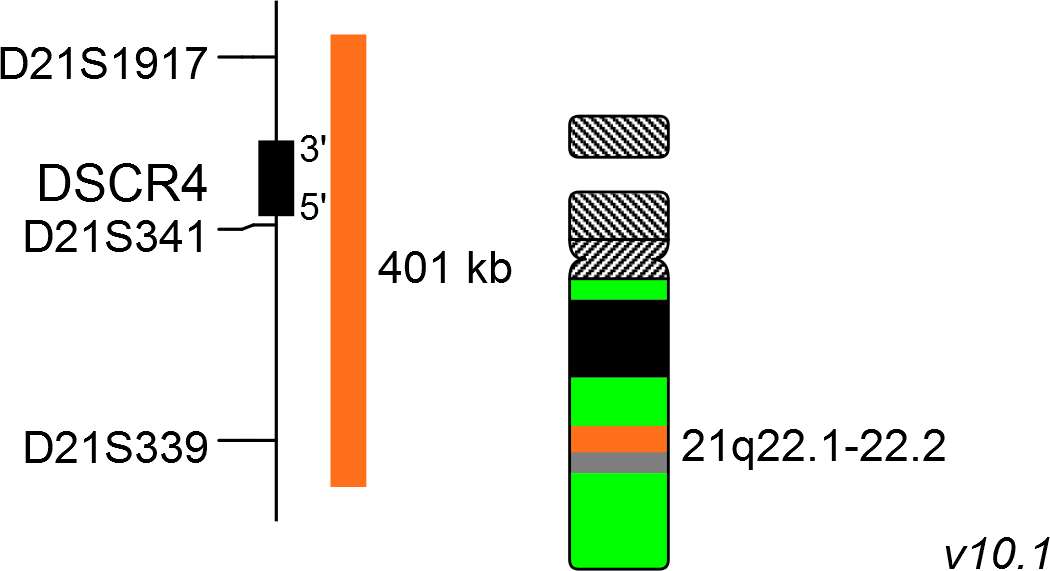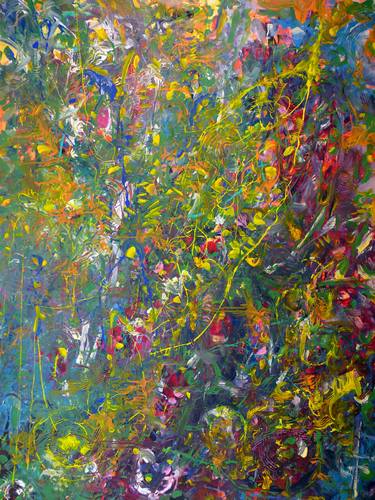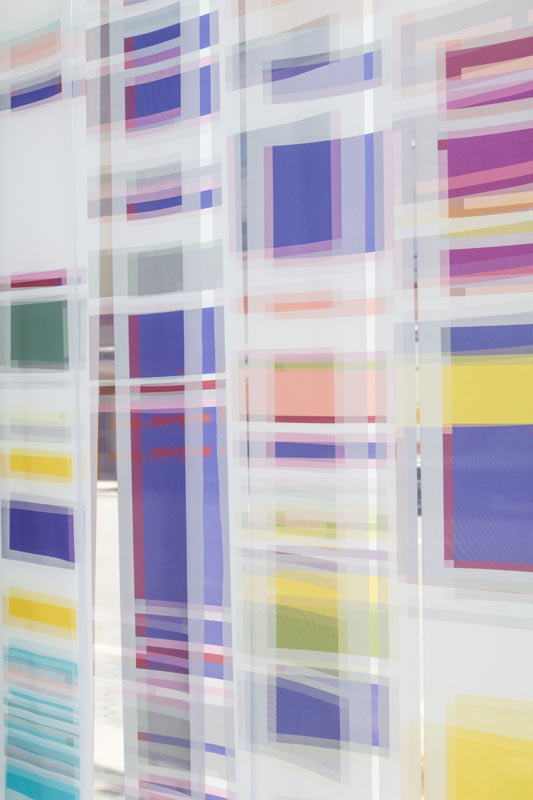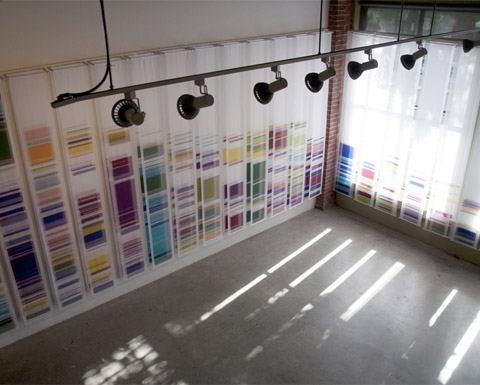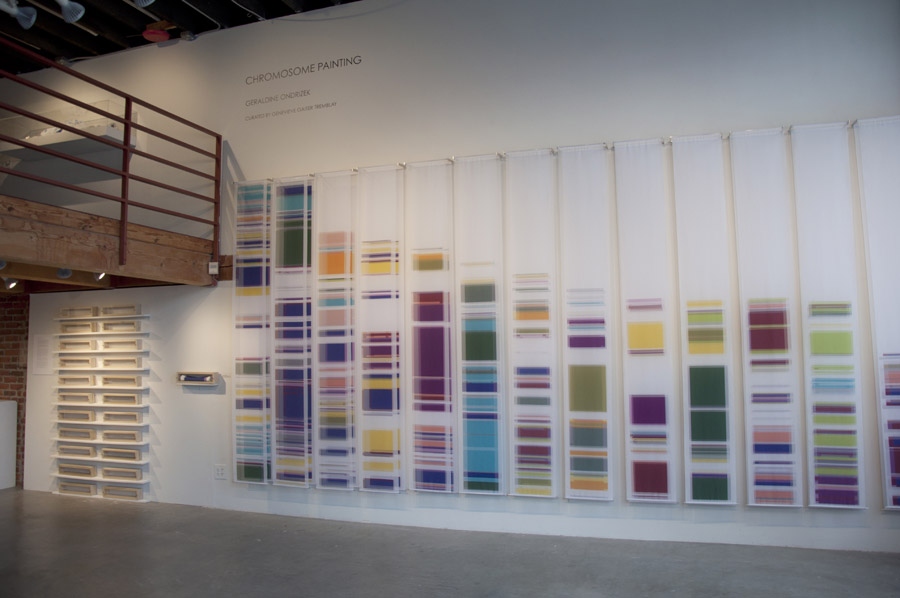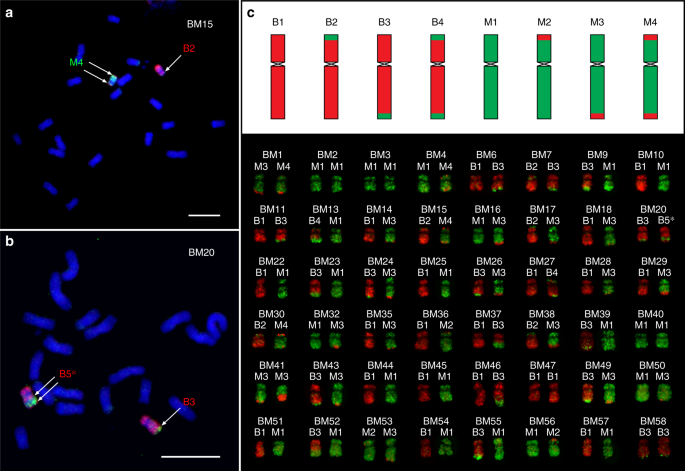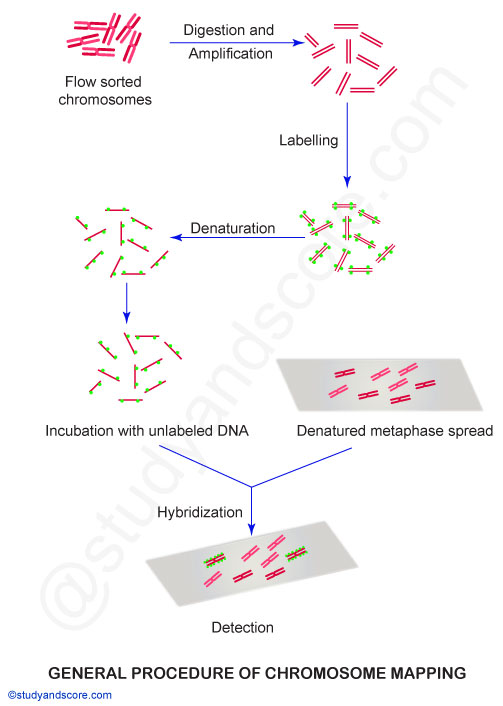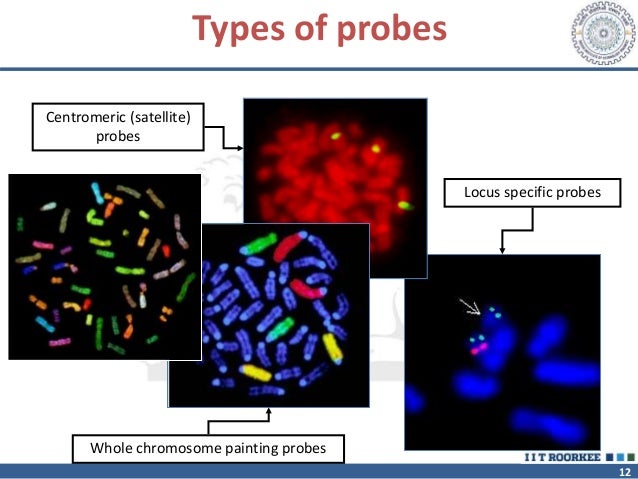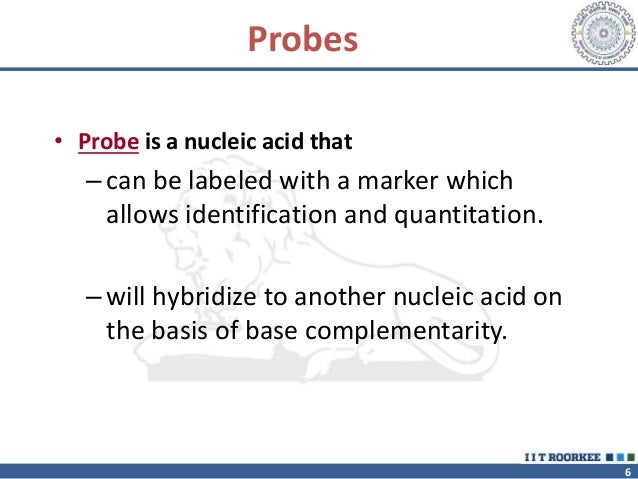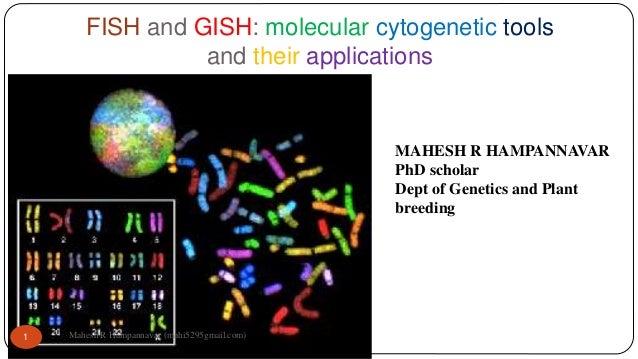Chromosome Painting Allows For Which Of The Following
The technique known as chromosome painting is the result of scientific research.
Chromosome painting allows for which of the following. But at the 60 to 90 percent level it. The confidence slider on the chromosome painting allows you to explore our estimates of your genetic ancestry at different probability cutoffs. The confidence slider on the chromosome painting allows you to explore our estimates of your genetic ancestry at different probability cutoffs. Use chromosome painting to mark the locations of genes on human chromosomes with.
It is also possible to apply this technique to the chromosomes of many different species. For example if a segment of your dna has a 55 percent chance of being japanese then that segment will be painted as japanese at the 50 percent confidence level. The technique known as chromosome painting is the result of scientific research. The technique known as chromosome painting is the result of scientific research.
Chromosome painting allows for which of the following. Scientists use chromosome painting to mark the location of genes on human chromosomes with fluorescent tags. Scientists use chromosome painting to mark the locations of genes on human chromosomes with fluorescent tags. It is also possible to apply this technique to the chromosomes of many.
Chromosome painting allows for which of the following. It is also possible to apply this technique to the chromosomes of many different species. The technique known as chromosome painting is the result of scientific research. Chromosome painting allows the visualization of individual chromosomes in metaphase or interphase stages and the identification of both numerical and structural chromosomal aberrations with high sensitivity and specificity.
It is also possible to apply this technique to the chromosomes of many different species. Genomic sequence provides the resolution for a wide range of comparisons from the whole genome to specific genes. Use chromosome painting to mark the locations of genes on human chromosomes with fluorescent tags. Scientists use chromosome painting to mark the locations of genes on human chromosomes with fluorescent tags.
Scientists use chromosome painting to mark the locations of genes on human chromosomes with fluorescent tags. Chromosome painting with fishgish pairing analysis and non sequence based genetic maps limit the analysis to the macro level where only major structural changes are revealed. For example if a segment of your dna has a 55 percent chance of being japanese then that segment will be painted as japanese at the 50 percent confidence level but it will be painted with a more. It is also possible to apply this technique to the chromosomes of many different species.






